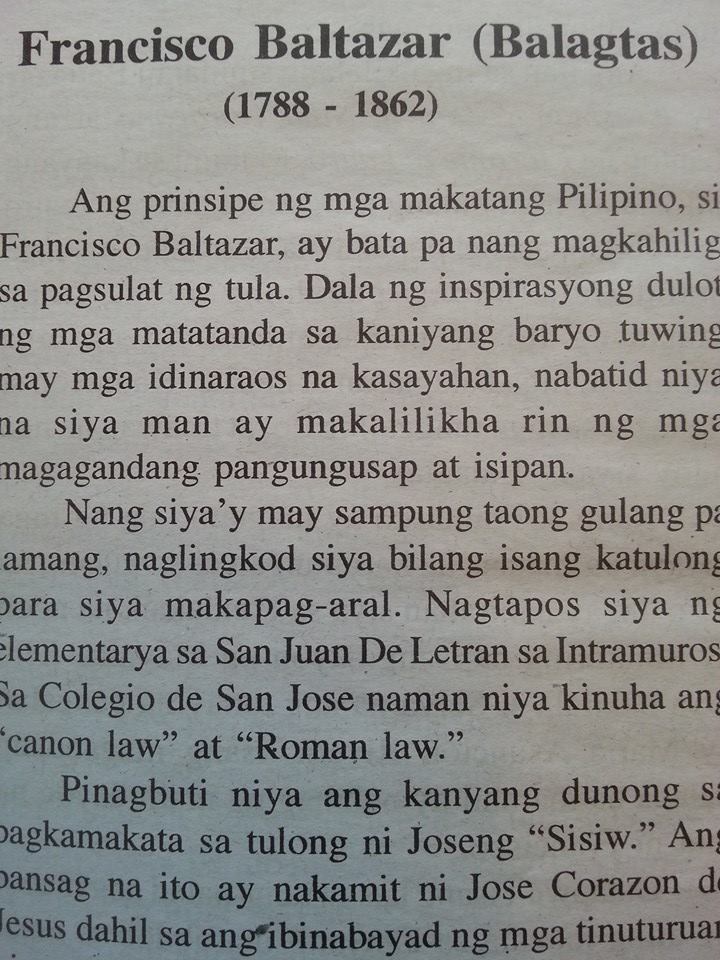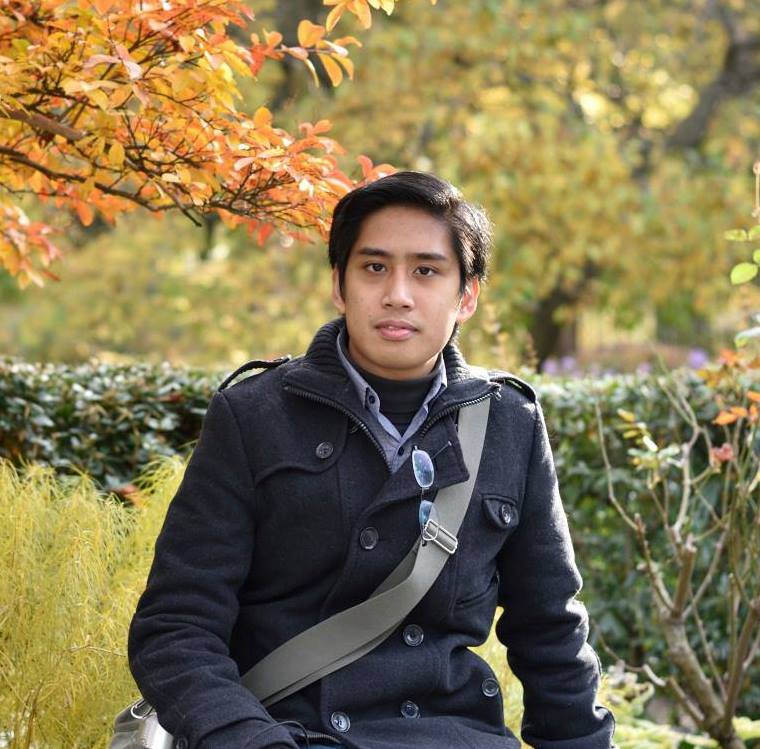In general, the default condition for much of Philippine literature is obscurity.
To learn more about a country and people, a good place to start is their literature. The most loved books of a people are like a lens with which to understand them. With respect to the seven thousand islands, what books are these? Filipinos do not usually think of themselves as a particularly literary people. For those living abroad, literature is secondary to food, television, or music when it comes to reminding them of their homeland. In general, the default condition for much of Philippine literature is obscurity. At home or abroad, Filipinos are more likely to be interested in global pop culture, whether from the United States or more recently, South Korea.
This is unfortunate considering the range and depth of Philippine literature. The Philippines is unique for having important works in many languages. These might be grouped into four - Philippine literature in Spanish, Tagalog, English, and other Philippine languages. It might seem that these different bodies of work correspond only with a period of colonial domination, but this is misleading. Philippine authors made these languages their own, adding a distinct voice to them that was unique to our archipelago.
The most politically important body of Philippine literature is that which was written in Spanish. The Propaganda movement, which included Jose Rizal agitated for independence in the 1880’s and 1890’s, writing exclusively in Spanish. Rizal’s two most important novels, Noli Me Tangere and El Flibusterismo were written in Spanish as well. However, during the American colonial period, Spanish was gradually replaced over the next few decades by English. Even if Rizal was celebrated as a national hero, his writing was almost never read in the original Spanish. Noli and Fili have been taught to generations of schoolchildren, but always in translation. Rizal was not the only major writer in Spanish. Important contemporaries were Marcelo H. del Pilar and Graciano Lopez Jaena. A generation after Rizal came Claro M. Recto, a nationalist lawyer and author, who championed independence from the United States. Recto also wrote primarily in Spanish on a wide range of topics. While all of these figures are honored and celebrated in the Philippines, not much attention is paid to what they wrote, let alone what language they used. Sadly, the old quip about the classics is very applicable to Philippine writing in Spanish - praised by all, read by few.

Tagalog is the oldest literary language of the archipelago and now, the most widespread. The earliest major work in Tagalog was Francisco Balagtas’ Florante at Laura, an epic poem published in 1838. Florante at Laura is still taught in schools across the country as the epitome of literary Tagalog. For purposes of comparison, Balagtas wrote at roughly the same time as Edgar Allen Poe and a few decades before Charles Dickens. While important, Florante at Laura can be difficult for modern Tagalog speakers to understand, let alone those learning the language. Thankfully, there have been many authors since Balagtas who have continued to write in Tagalog. Andres Bonifacio, founder of the Katipunan, also wrote in Tagalog, notably the poem Pag-ibig sa Tinubuang Lupa, roughly translated as Love for Native Land. Since then, Tagalog literature has continued to grow. Some modern authors include Ceres S.C. Alabado, writer of Kangkong 1896, a look at the Revolution from a young boy’s perspective, and Lualhati Bautista, author of Dekada Setenta and Bata, Bata… Pa'no Ka Ginawa?. Dekada follows a middle class family through the martial law years, and Bata is about the struggles of a single mother. Both were turned into full length films starring Vilma Santos. Today, the largest venue for Tagalog literature is the internet, with many aspiring writers publishing their work online. A few of these become successful enough to get film adaptations, among them being Diary ng Panget and She’s Dating the Gangster, films released in 2014 that began as online novels. While Tagalog may have changed considerably since the days of Balagtas, it is now a truly national language that has a large and thriving literature.
English remains the language of the Philippine elite. Though there was considerable resistance to English in the first part of the 20th century, Philippine writers mastered it quickly. Paz Marquez-Benitez wrote the first short story in English in 1925, entitled Dead Stars. However, it was not until after WW2 that English became language of choice for authors. The largest names in 20th century Philippine literature wrote in English, namely, Nick Joaquin, F. Sionil Jose, Jose Garcia Villa, and others. Perhaps the most important writer in English was Nick Joaquin, whose career spanned from the start of WW2 to the post-Marcos era. Nick Joaquin wrote dozens of short stories, two novels, hundreds of journalistic features, political commentary, historical analysis, biographies, plays, and much more, all in English. He was honored as a National Artist for Literature in 1976. Nick Joaquin attempted to create genuinely Philippine voice in English, going as far as trying to translate Tagalog expressions into English. Among his more notable works are the play A Portrait of the Artist as Filipino and the short story May Day Eve. In our new century, there have been many authors who have continued to write in English. An internationally awarded contemporary writer in English is Miguel Syjuco, author of the 2010 book Illustrado.
Literature in other Philippine languages may be the hardest genre to appreciate but is often the most sentimentally or personally important. For the roughly two thirds of Filipinos who do not speak Tagalog as their native language, not many books are written in their languages. The situation varies depending on the language, as some regional languages are larger and have more reach than others. Visayan languages with more speakers, like Cebuano and Hiligaynon, are large enough to have their own TV and radio stations. But in general, most Philippine languages are in the shadow of English and Tagalog. Still, there are some important works that can be found in these other languages. The Bible has been translated into every major Philippine language – whether Tagalog, Cebuano, Ilocano, Pangasinense, Kapampangan, Waray, Hiligaynon, Kinaray-a, and others. YouTube is also a goldmine for finding songs, comedy skits, amateur films, and all manner of material in these languages. The value of this material is more educational than literary. Most Filipinos born abroad have a difficult enough time learning Tagalog, let alone the regional language that their parents might speak. But these materials have the potential to teach them how.
In summary, the Philippines has a very rich but fragmented literary tradition. Indeed, because of the number of languages in the islands, it has been difficult for a single book or novel to have an effect nationwide. Class also plays a role, as the educated elite and the masses rarely speak the same language. Regardless, over the past two centuries, our authors have created a literature distinctly our own. What remains for us to do today is to appreciate it and contribute to it. In the 21st century diaspora era, Filipinos have reached more parts of the globe than ever before. Europe, North America, the Middle East, and the rest of Asia are familiar places in the mind of the OFW. With such global reach, the wealth of languages in our literary tradition should be strength, not a weakness. We have a rich literary tradition, one that should not be ignored, and one that we should contribute to.
About the author
 Cristobal Zarco was born in the Philippines and grew up in New York, specifically Long Island. He graduated with a degree in political science from Adelphi University. He enjoys tracking down books about Philippine history and exploring lesser known parts of New York City.
Cristobal Zarco was born in the Philippines and grew up in New York, specifically Long Island. He graduated with a degree in political science from Adelphi University. He enjoys tracking down books about Philippine history and exploring lesser known parts of New York City.



